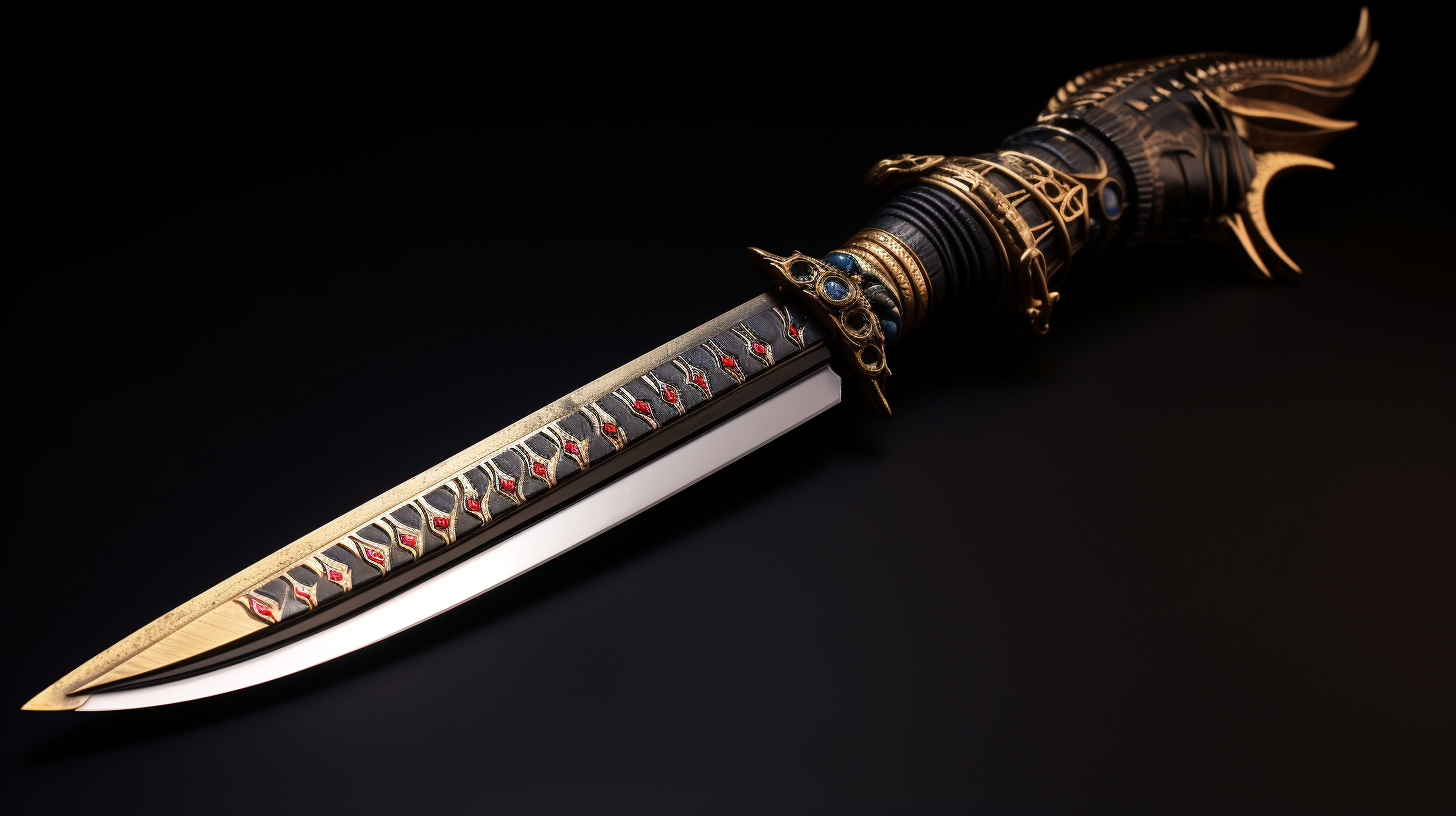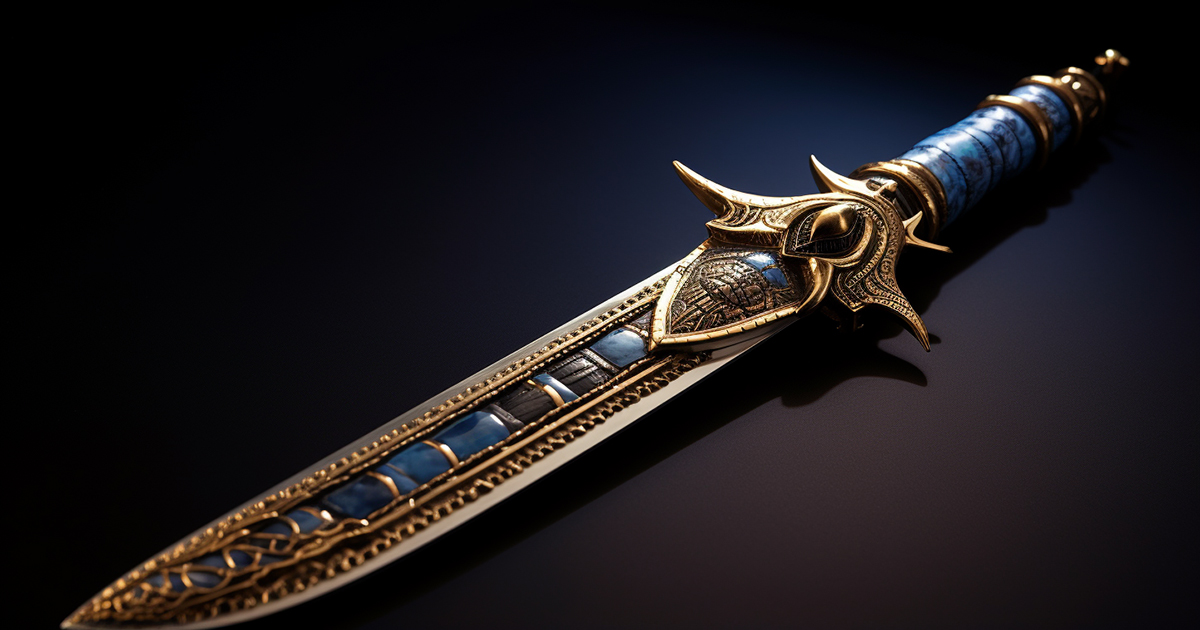On February 16, 1923, the world was spellbound by the unveiling of King Tutankhamun’s tomb in Egypt’s Valley of the Kings, marking a remarkable moment in archaeological history.
Guided by the daring explorer Howard Carter, a British team ventured into a buried chamber that had been sealed for more than three thousand years, discovering a trove that left them awestruck.
Among the treasures laid to rest in the tomb, a standout piece was a finely crafted 13-inch iron dagger, nestled in a golden sheath embellished with an elaborate feather design.
Beyond its exquisite craftsmanship, the dagger’s significance transcended its aesthetic appeal, particularly due to its placement on King Tutankhamun’s thigh.
In the ancient world of 1330 BC, this dagger symbolized more than royal adornment; it was believed to hold spiritual powers bestowed by the gods themselves.
It was considered an essential instrument for King Tut’s journey into the afterlife, where he was tasked with aiding the sun deity Ra in his nightly battle through the perilous underworld.

As Ra navigated the dark, watery depths teeming with dangers and malevolent beings, King Tut’s dagger served as his shield against the lurking threats.
While the notion of an iron dagger possessing mystical and spiritual properties may seem perplexing today, it was a firmly held belief in ancient Egypt, elevating it beyond mere material existence.
What made this artifact even more intriguing was its origin, a puzzle that puzzled historians for ages.
During Tutankhamun’s era, the Egyptians lacked the technology to forge iron, making the dagger’s iron composition all the more mysterious.
Recent scientific investigations have unveiled that the dagger’s iron is of meteoric origin, deriving from a meteorite that descended to Earth from the celestial realm, a notion that tied it to divine origins in the Egyptian cosmology.
Suggesting that King Tut’s dagger possessed otherworldly powers due to its extraterrestrial essence sparks intriguing discussions. Some propose that its spiritual significance transcends mere symbolism.
Pointing to a sequence of perplexing deaths following the dagger’s removal from King Tut’s tomb, a narrative resembling the ancient curses linked to disturbing pharaohs’ resting places emerges.
The mysterious deaths that ensued post the dagger’s extraction are cloaked in eerie circumstances, underscoring the belief in a cursed fate for those who tampered with the pharaoh’s possessions.
The demise of Lord Carnarvon, the expedition’s benefactor, just four months after the tomb’s opening, due to an unusual form of blood poisoning, marked the onset of a series of untimely deaths among expedition members.
According to proponents of the curse theory, the dagger, meant for King Tut’s safeguarding in the afterlife, harbored a mystifying force that was unbridled upon its removal by unsuspecting excavators.
Amidst the speculation surrounding the curse, the dagger assumes a pivotal role, intertwined with the tragic fates of those who encountered it.
Video:
While the riddle of King Tut’s dagger persists, offering a tantalizing enigma, one thing remains clear: it grants insights into the intricate beliefs and customs of ancient Egypt. Whether a divine offering from the cosmos or a symbol of spiritual defense, the dagger’s tale mirrors humanity’s enduring fascination with the unexplained and mysterious facets of history.
